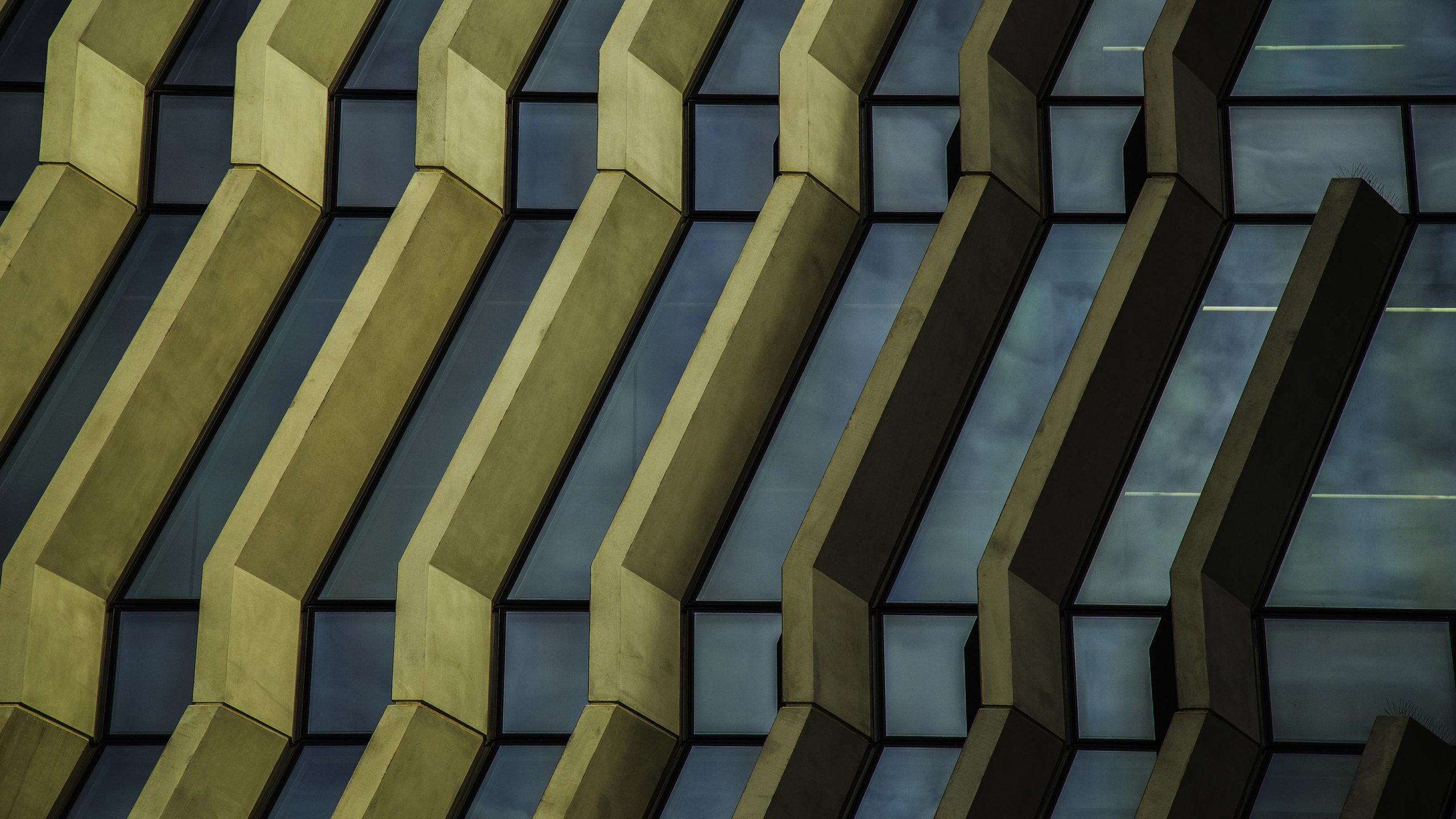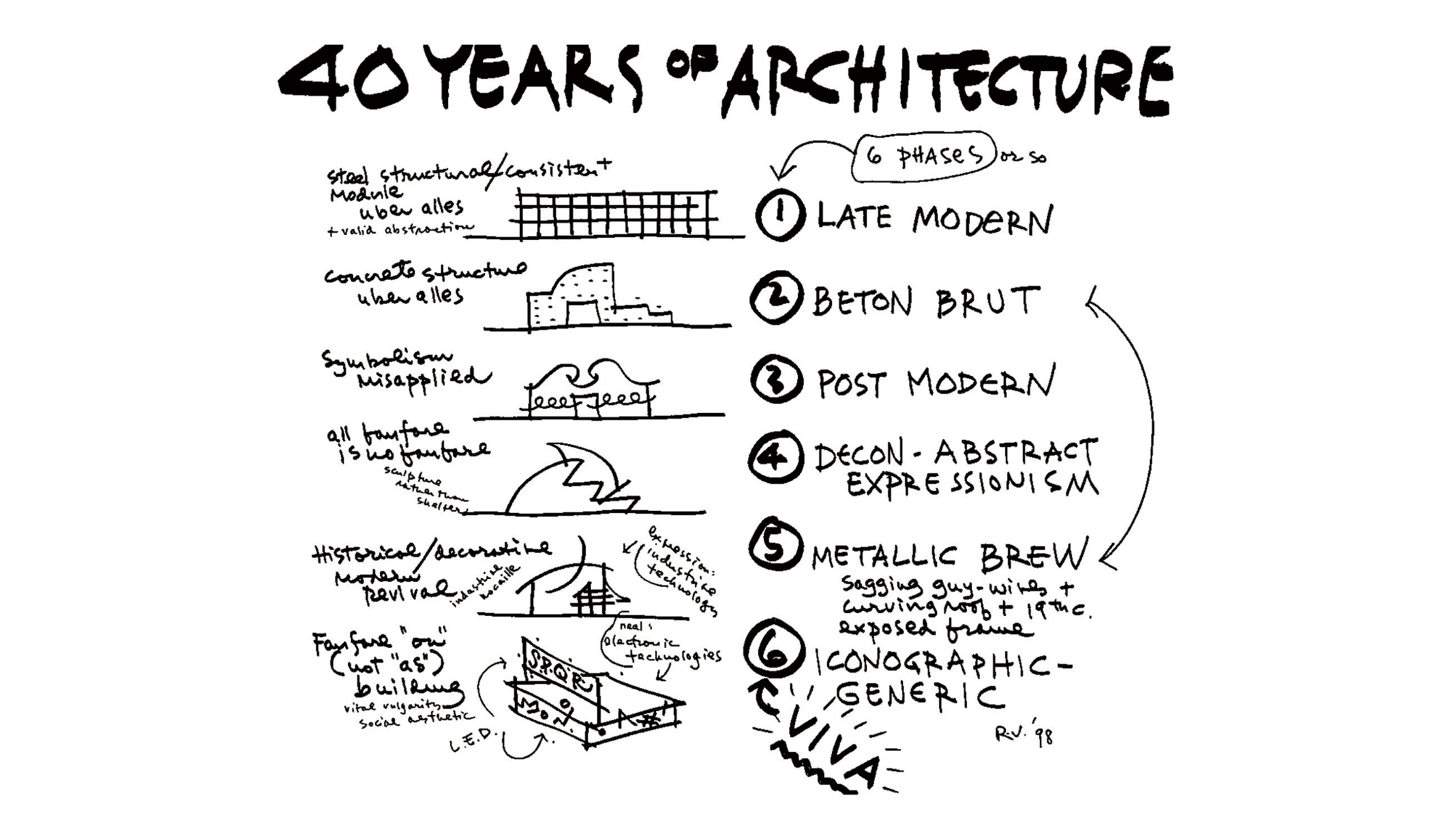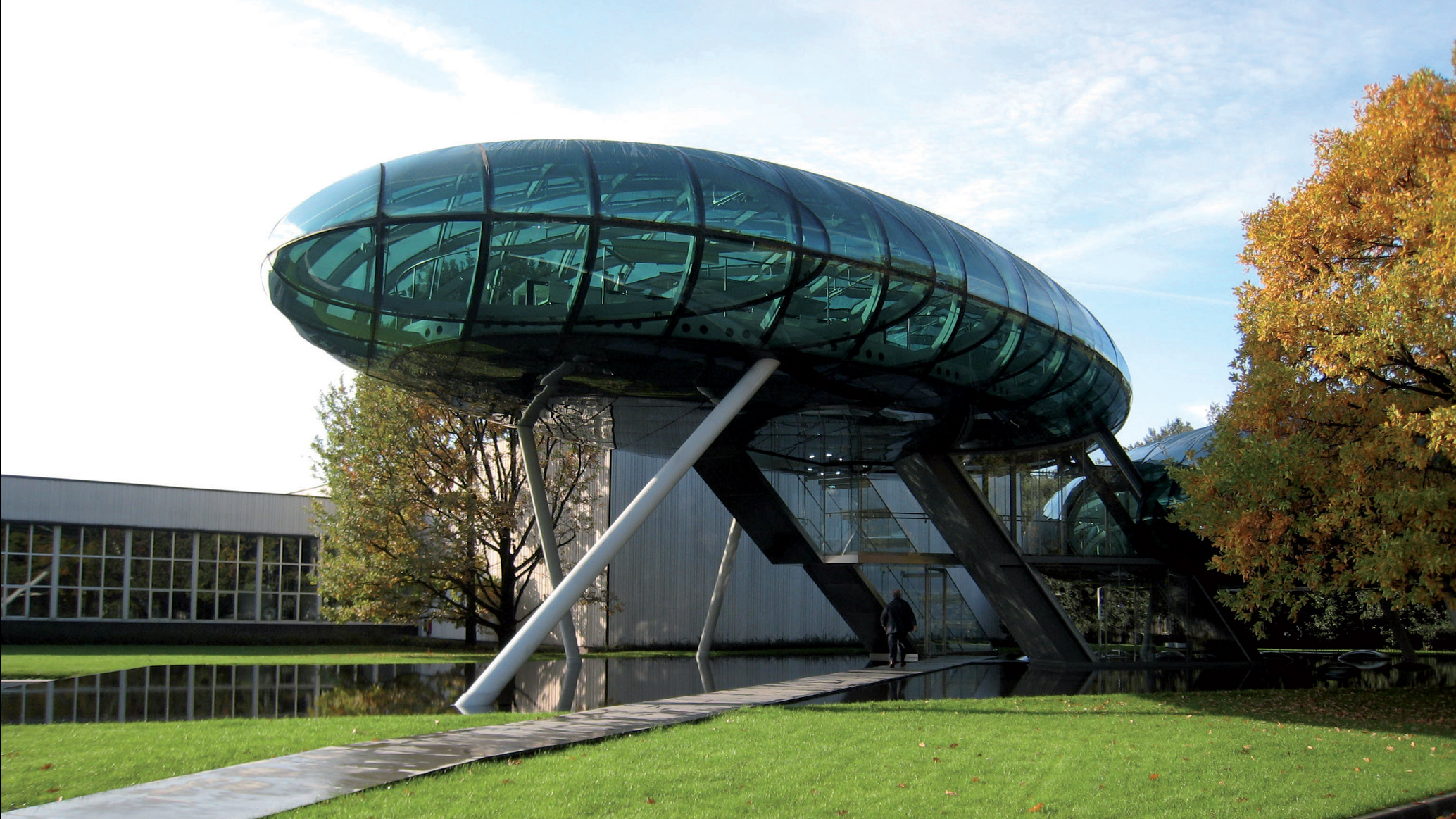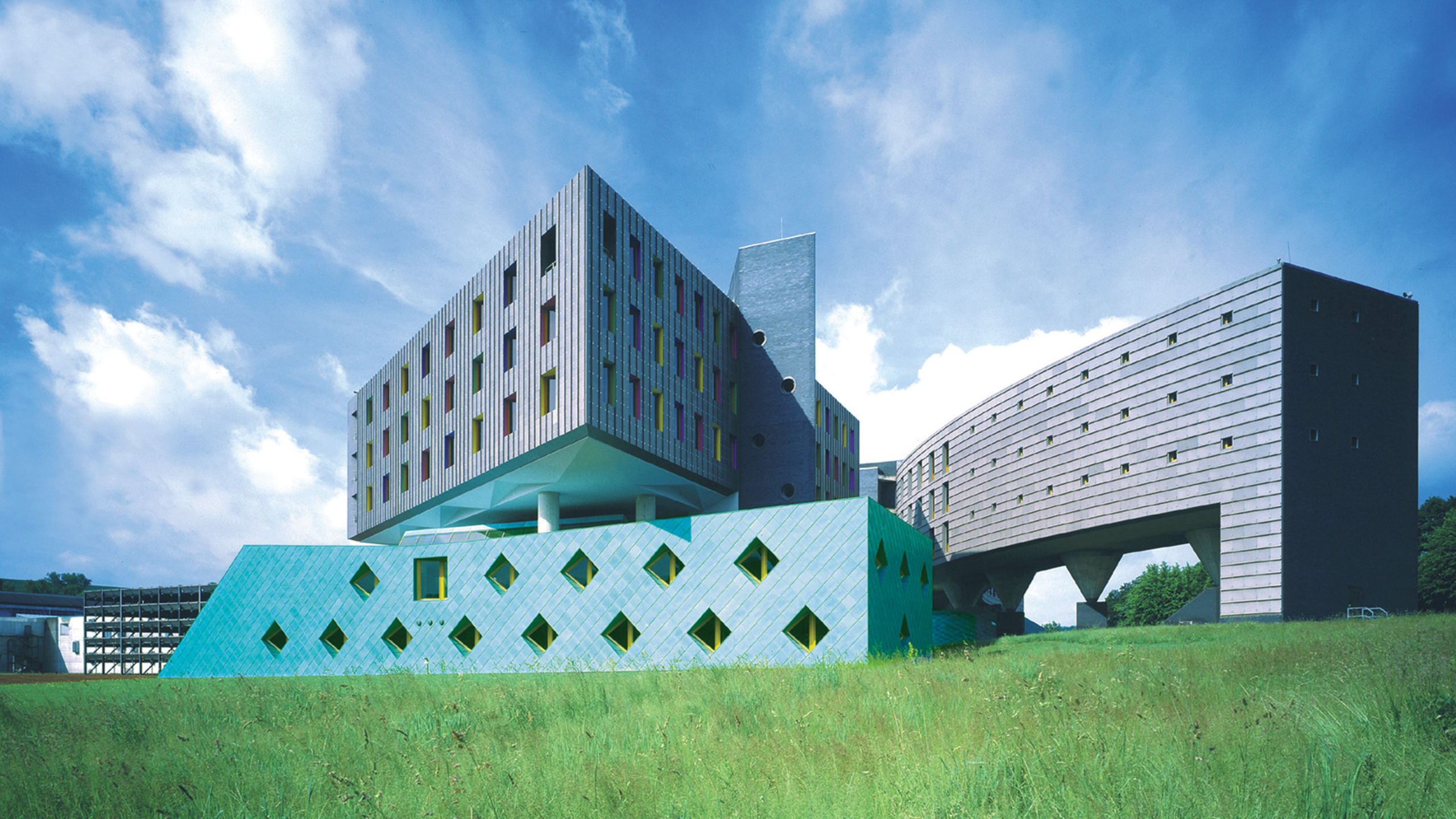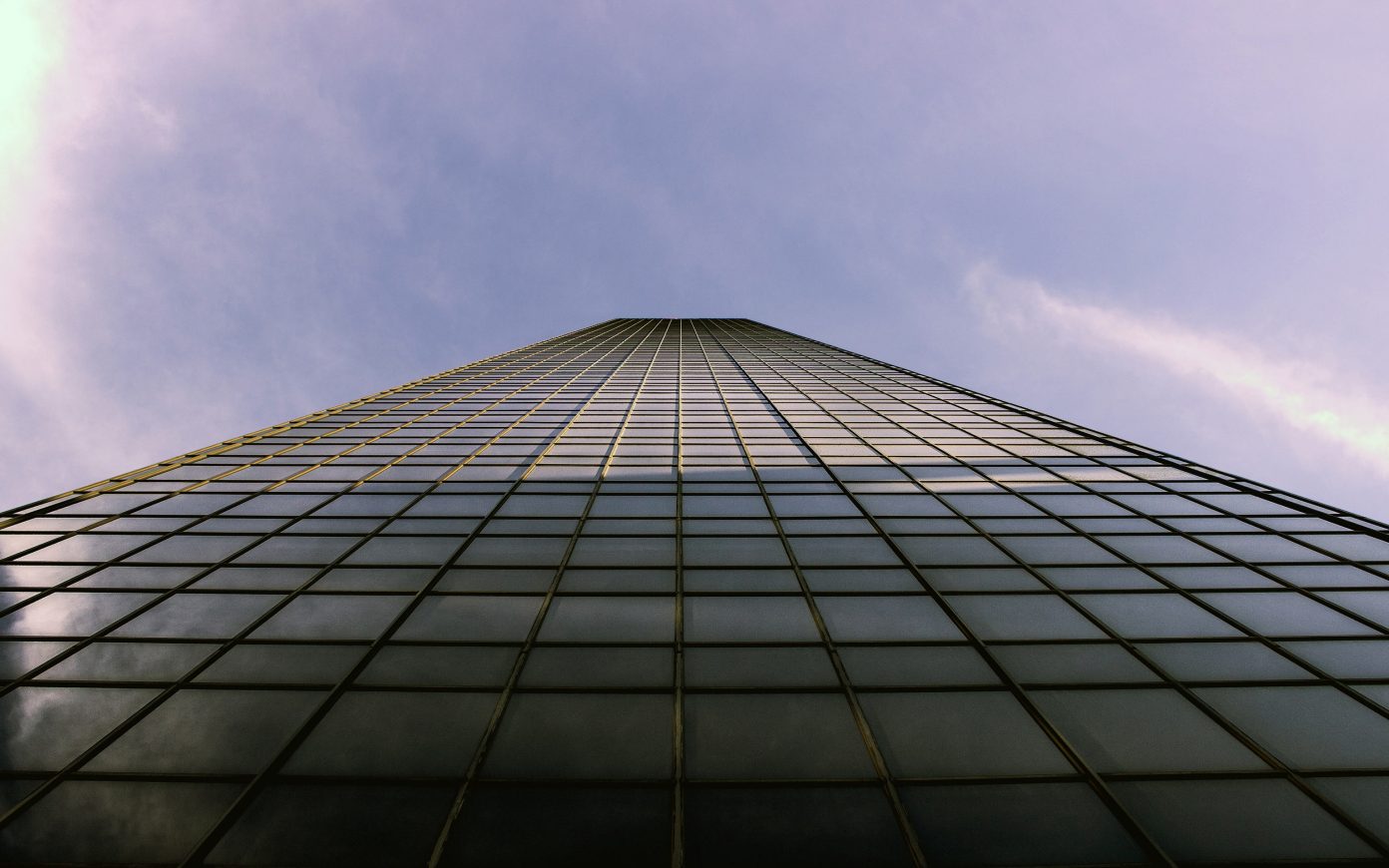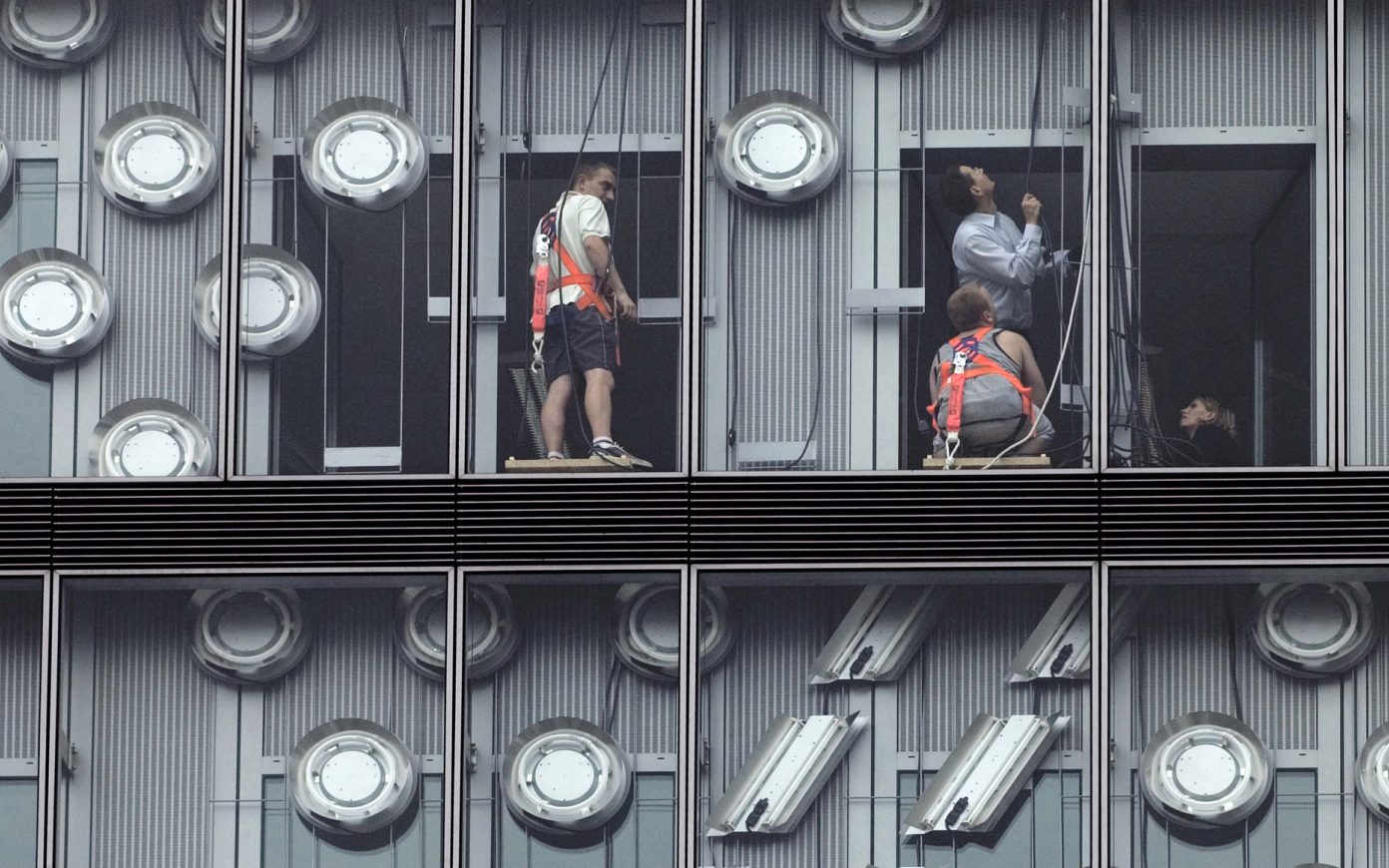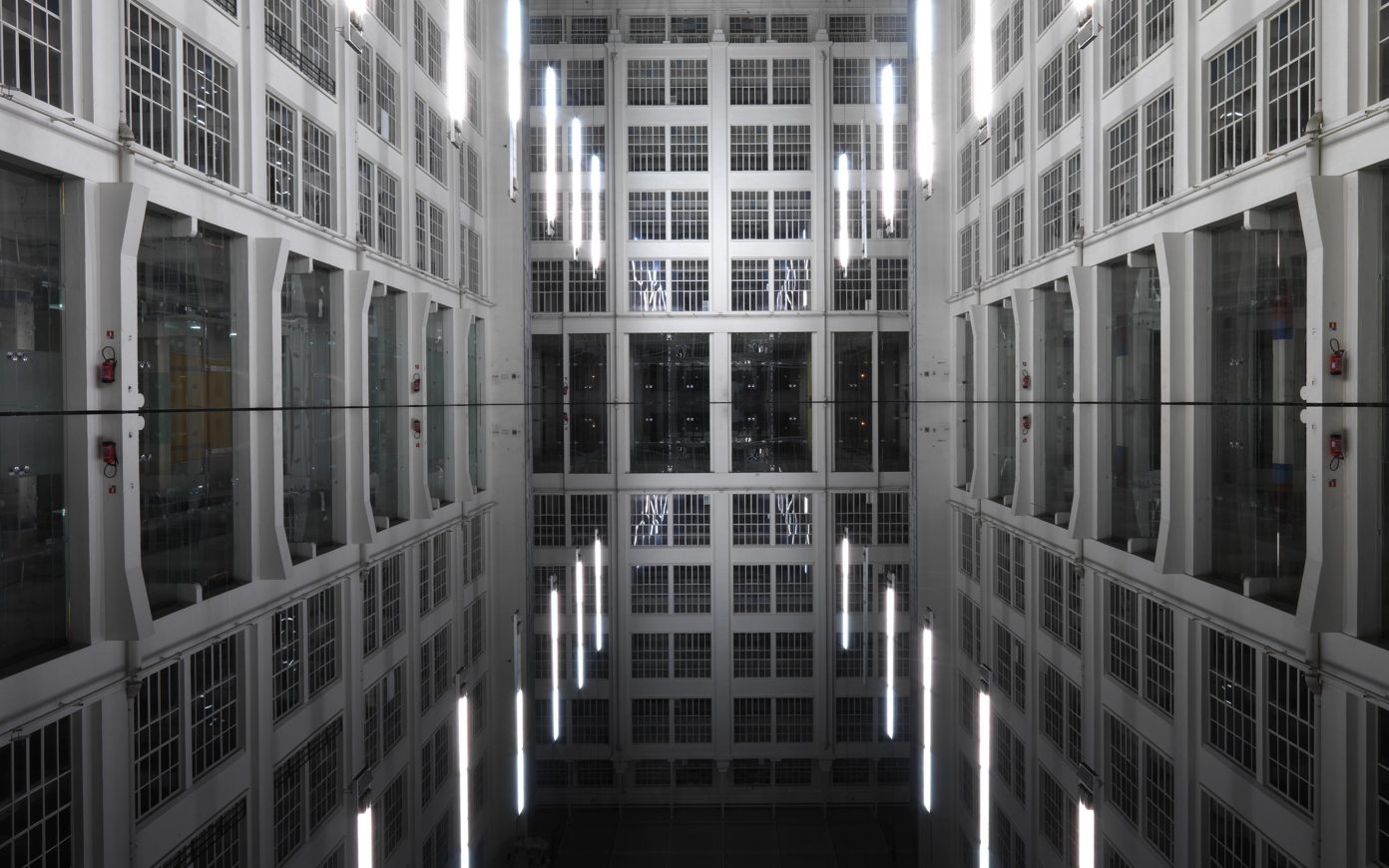There is an increasing number of products featured, in a seemingly random fashion, in movies. This is called product placement. There is growing interest in this promotional strategy and it has now become quite standard.
Product placement
We can only speculate on the degree of influence that is happening off screen in film production. There are other similar innovative approaches, and architecture is one of them. Given its high visibility, architecture proves particularly useful, especially when it comes not to simply show the product but to imprint it in the mind of consumers. At first sight, this is yet another form of product placement, and not a particularly unique one. Organizations have indeed always found architecture to be a privileged means of gaining a reputation and associating an image to its products, either by installing their headquarters behind a prestigious façade or by innovating in the construction of their production sites or their branches. Several large firms have entered the history of the architecture in this way. These days, the situation is unfortunately completely different. Generally, the communication of large companies is supported, on the outskirts of cities, by metal boxes that bear giant signs indicating a warehouse, a factory, or a logistics center. As constructions, they are considered necessary evils and architects have almost no influence in their design. We got used to them. After all, advertising is a form of information. Long gone are the days of the symbolism of architectural form that Venturi and Scott Brown discussed in Learning from Las Vegas. It has gone stale. In Europe, we do not pay much attention to the commonplace and increasingly uniform world that runs along the streets.
This phenomenon certainly explains that the theme of industrial architecture has recently gone on to a new dimension. The language of architecture has become autonomous and now exclusively serves as a distinctive mark, as a trademark that a particular famous architect contributes to the publicity of the company. An increasing number of architects are being contracted throughout the world for the value that their mere signature brings on the market. The novelty lies in the fact that the destination of the building is no longer the primary concern. The building could house a factory just as it could the headquarters of an organization, a events center, a foundation, or a museum dedicated to the history of the company.
Calling stars architects
Given the current market situation, we find that the top architects tend to benefit from this context the most thanks to their brand image and its global outreach. In many cases, they are in a position to choose the organization to which they bring their name. In Germany, where, to the difference of what has been happening in the last few years in other European countries, and particularly in Spain, there are virtually no public prestige commissions, grand projects have shifted to this “market segment.”
Branded constructions are presented as fireworks, with recognizable highlights. In general, they are only sculptural envelopes however. It seems that this development dates back to 1993, the year in which Vitra, a company from Weil am Rhein, charged Zaha Hadid with the construction of a fire station, which, incidentally, remained vacant. Followed by, on the same site, a design museum designed by Frank Gehry and a conference pavilion by Tadao Ando.
In Germany, in 2006, the Mercedes-Benz Museum, which was built in Stuttgart by Ben van Berkel and Caroline Bos’s UNStudio, provides a spectacular example of such an intervention by starchitects. Other projects would follow: the enmeshed glass and steel of BMW-World in Munich, by Coop Himmelb(l)au, and Delugan Meissl’s Porsche Museum in Zuffenhausen.
The quality of this architecture is hotly debated. I believe that the fundamental problem is to know whether these constructions contribute as much as we are told to the development of contemporary architecture. Certainly, there is considerable surprise at each flamboyant inauguration of a new branded building. Taking a closer look at the production itself however, it is difficult to recognize a “building” in the conventional sense of the term. The sign covers everything.
The headquarters of the famous Nardini distillery in Bassano del Grappa is a particularly relevant and typical example of this. The architect, Massimiliano Fuksas, encased two glass “bubbles” in steel carcasses and placed them on masts that were erected among trees. The visitor is pulled diagonally in a glass elevator. At the end of the day, the building’s architecture is in fact glasswork with just enough symbolic content to serve as advertising for the company. Given that the uses are not particularly clear, being struck by the outlandish constraints that the spatial composition imposes is in fact unwarranted.
Form and the name of the architects have become a marketing medium and the features of the organization matter less than the originality of the architecture, which will symbolize the prosperity of the company. This explains why Jacques Saadé, the head of the container transportation and shipping company CMA-CGM, asked three Pritzker Prize recipients—Foster, de Portzamparc, and Hadid—to draw up plans for new headquarters in the port of Marseille. All three architects submitted a proposal. The presentation of Zaha Hadid’s winning project consisted in an animated screening of an aerial perspective that showed every side of a tower being built. Once it had reached its final height and received a second skin of glass under the form of a “curtain” of gleaming white, the apparition gradually dissolved. It is just good common sense that it is pure nonsense to erect a glass tower in the Mediterranean, regardless of the type of the air conditioning system that was contemplated. The architect was in no position to say anything more specific on the inner structure of the building. Everything was focused exclusively on the formal performance. Nothing will materialize in this case given that the company decided to move its headquarters. After her presentation, Zaha Hadid left Marseille for Pau, where she imagined a media center midway between a big worm and a bulging automobile.
Where is architecture in all this profusion? Our time compares unfavorably with the great periods of architecture. I nevertheless will refer to the Late Baroque, a time when large representative orders also drew from all forms of architecture and when ornamental profusion made it difficult to identify a precise cultural grounding or vocabulary. A phase of decline soon followed, and at one point the development of architecture was marked by Historicism and Eclecticism.
The question then arises of how to understand the architecture of constructions such as those of Zaha Hadid in Marseille, of Gehry for the Louis Vuitton Foundation in Paris, and of UNStudio for the Mercedes-Benz Museum in Stuttgart. It is true that in Stuttgart, the building and its technical refinements are impressive. But this is not enough to make a production genuinely architectural. Architecture differs from plain construction by going beyond the mere controlling of form and construction to address usage requirements and to elevate its contents to a status of representation. The most sophisticated load-bearing structure and most refined spatial complexity are of no relevance when they are put to work to serve a conscious architectural idea. What is the point, for instance, of returning the sectional double helix of Mercedes-Benz to an organic form? In architecture, as in any other means of communication, representation and meaning presuppose a common language and a codified and binding vocabulary.
If we all start using our very own syntax and words in our own subjective way, then no understanding is possible anymore. Jan Pieper, an architectural historian, wrote the following about the Mercedes-Benz Museum: “In this architecture of contortion, the system of the architectural space is arbitrarily disturbed, deformed or aggressively returned to the organic. In lieu of the similarity in difference that any classical architecture seeks to produce, these zoomorphic and organic forms give rise to a literal universe where humans meet only as bodies and not as minds.” There lies the decisive point. Architecture cannot be explained anymore, and becomes something that unfortunately wears out very quickly. This brings to mind the way the automotive industry introduces car models, regularly marketing new forms that pay tribute to the need for sensationalism.
It should be noted that none of this is an invention of our time. But when the aldermen, the kings, and the archbishops gathered big names around them with the expectation of increasing their own influence, this wasn’t called “urban marketing” or “urban development” yet. And the desired influence, once obtained, lasted for considerably longer and went well beyond the borders of the city and the realm. Today, the spectacular productions that star architects design for their corporate clients have an impact that seems to last only for a split second—the more spectacular, the briefer. And each time, everyone goes along with it. Cities are now “in the wake” of firms in that regard.
To “sell” their areas of urban development in the face of competition at a European scale, they reach out for the support of famous developers and architects. The idea is primarily to mark out the territory.
Innovation
After so much criticizing, I would now like to extol the merits of a building that I believe is completely unique in Germany: the new BMW center that was inaugurated in Leipzig roughly a year ago. In spite of everything I said previously, an architecture firm such as Zaha Hadid’s can clearly take on a well-defined task with much brilliance. In this case, a production site was designed in a novel and autonomous way. It is much more than that though. This is a company that has opted, with much courage and commitment, and after long discussions on the advantages and disadvantages of various solutions, for a new approach of the production process. The driving idea was to propose for the central building an architecture landmark that forms its core and through which the production workshops communicate. Car assembly lines run through this central component, with dynamic lines running through the various levels of the building. The sense of fluidity comes across as genuine objection to the prevailing orthogonal approach used for this type of building, which Zaha Hadid has managed to properly overhaul in this building. She seems to have intuitively grasped the dynamics of the technical process of production as she has broken the usual grid to draw forward this scenographic atmosphere. In this project, she succeeded in truly innovating and therefore follows James Stirling’s work for the consumer goods company Braun in Melsungen.
The fact that such a success is possible with modest means is demonstrated by other examples, such as the headquarters of BASS by the Munich-based architect Florian Nagler, a building that was inaugurated a year ago in Niederstetten, in northern Bavaria. The bright façades, which are both neat and uncompromising, makes it apparent that the developer had enough architectural sensitivity to steer clear from any curtain-walling and that, on the contrary, it was spurred to develop a real ambition.
This was confirmed in my interview with the company board, which had followed the project with passionate curiosity. Given that the challenge was to strengthen the identity of the company, the accuracy of the product and the demand for perfection in the high-performance threads that were used to achieve their fullest expression in a bespoke architecture. Neither more, nor less. The design approach of the building is remarkable in that may, and the fact that each of its components flawlessly follows from the above.
We can speak here of true innovation in a modest setting. It reflects great honesty and is not close to “caving in.” We should be supporting this kind of development. And there is much in it for those architects who do not settle for the “scum” of success.
But in these types of realizations, however important the commitment of the prime contractors, it is crucial that they be figures who can contribute to move ideas from draft to implementation in close collaboration with the bodies in charge of general planning and logistics. Otherwise, it would be inconceivable for any serious reflection to be pushed that far.
Originally translated from German by Joelle Marelli.
Article published in Stream 01 in 2008.
